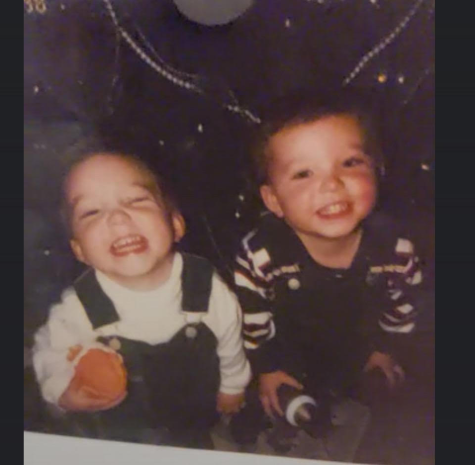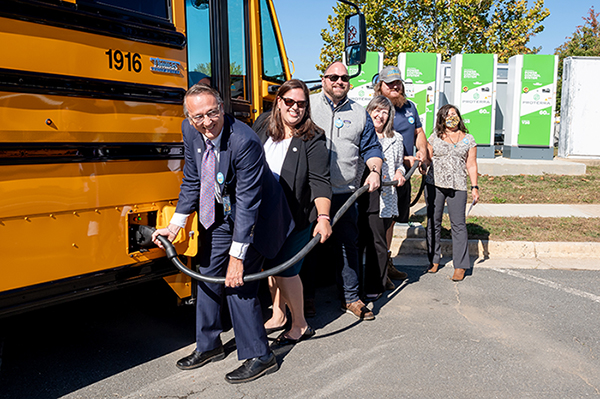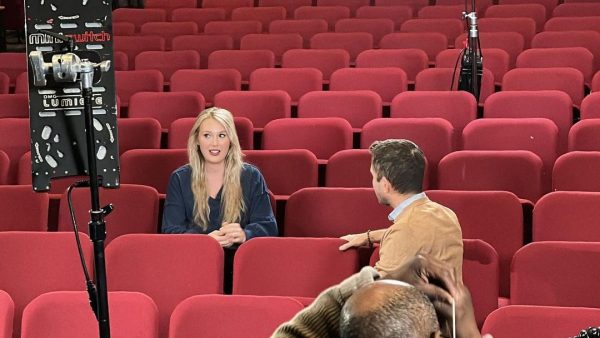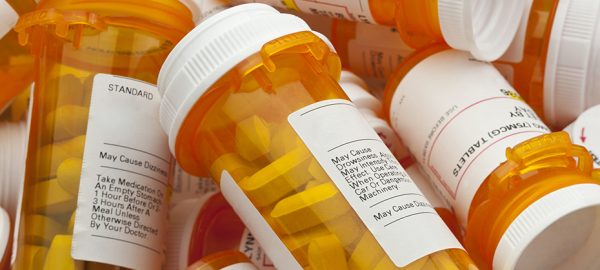COVID vaccine: the good and the bad
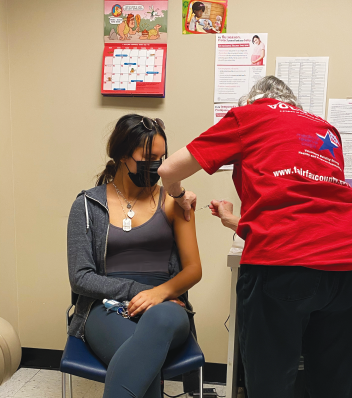
Over 7,600 volunteers from Fairfax County have helped out with vaccine administration, including doctors, nurses and members of the MCR .
In early December, the FDA approved Pfizer – BioNTech’s COVID-19 vaccine for emergency use. The vaccine was made available to people in Phase 1A, which was limited to healthcare personally and residents of long-term care facilities.
Next came Phase 1B, which included people 65 and older, individuals living or working in long-term care facilities and people age 16-64 with underlying medical conditions.
I am considered “high risk” for COVID-19 with moderate Asthma, so my parents thought it would be best to speak with health care professionals to see about getting me vaccinated.
The process was long and tedious. I had to take multiple screenings to make sure I was eligible and meet with my doctor. I finally got a note and was able to put my name on the Fairfax County Health Department waiting list.
To put the timeline into perspective, my name got added to the waiting list on January 25. The appointment was then scheduled for March 10, a little under a month and a half later.
What my parents and I were not informed of though, was the guideline for the weeks leading up to the appointment: don’t get another vaccine.
If you are eligible for the Moderna/NIAID, Pfizer-BioNTech, or Johnson and Johnson vaccine, the CDC recommends waiting at least two weeks in between vaccines. The day my appointment would not have allowed for the time in between, so my appointment got pushed back even further.
With the registration and waiting process over, the day of my appointment finally came. Even at the appointment, there are lots of precautions and steps you take before even getting the shot.
I had to receive a text from the county before even entering the health department building, and upon walking in, follow the strict directions of a volunteer who greeted my mom and me at the door. Throughout the building, there are floor markers that tell you where to walk and stand to ensure social distancing is followed.
When checking in, I was asked my name, date of birth and if I had a parent or guardian with me. The volunteer informed us that had my mom not been with me, I would have been turned away because I’m a minor, regardless of if I had an appointment and for how long we’d been waiting.
All in all, the process, though tedious and annoying at times, proved to be efficient and smoothly run.
After being directed into a room, a volunteer from the Medical Reserve Corp checked my name against a national database, asked me questions about my general health, and explained the possible side effects of the first dose of the Pfizer vaccine.
Almost everyone working at the vaccine site was from the Medical Reserve Corp and had volunteered their time and put their health on the line to help others.
The volunteer and I chatted about her history in the corp and all of the natural disasters she had helped with, from creating safe evacuation sites during Hurricane Katrina to the floods in Houston just two years ago. Listening to all of her stories of selflessness and caring, despite her age or wellness, tugged at my heartstrings.
The shot itself was nothing special, and I only noticed three differences in the protocol.
First was that the syringe came empty, and it was up to the person inoculating the patient to get the correct dosage from the vial. I also received a COVID-19 vaccination record card that I have to bring with me to the appointment for my second and final dose.
The last difference was the protocols taken after receiving the vaccine. The CDC requires that all persons receiving the vaccine must wait 15 minutes at the place of administration to watch for any signs of anaphylaxis or reaction. During my 15 minutes, I felt slightly dizzy and a little nauseous. Overall though, I did not have a severe reaction and felt fine a few hours later.
While the process of registering and eventually getting the vaccine was long, I am incredibly grateful and feel a lot safer having gotten at least one dose. Though the first shot provides 50% immunity, and the second 95% immunity, nothing is more effective than staying safe and socially distancing.
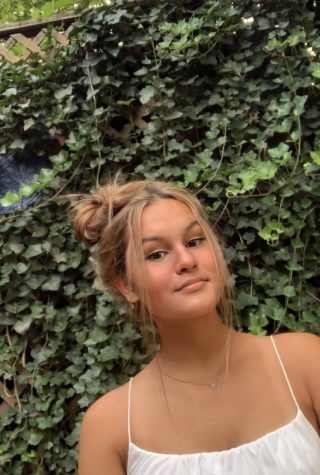
Senior Elena Leopold is a People Editor. This is her third year on The A-Blast staff; she has previously worked as Weekend Editor and People Editor. She...






